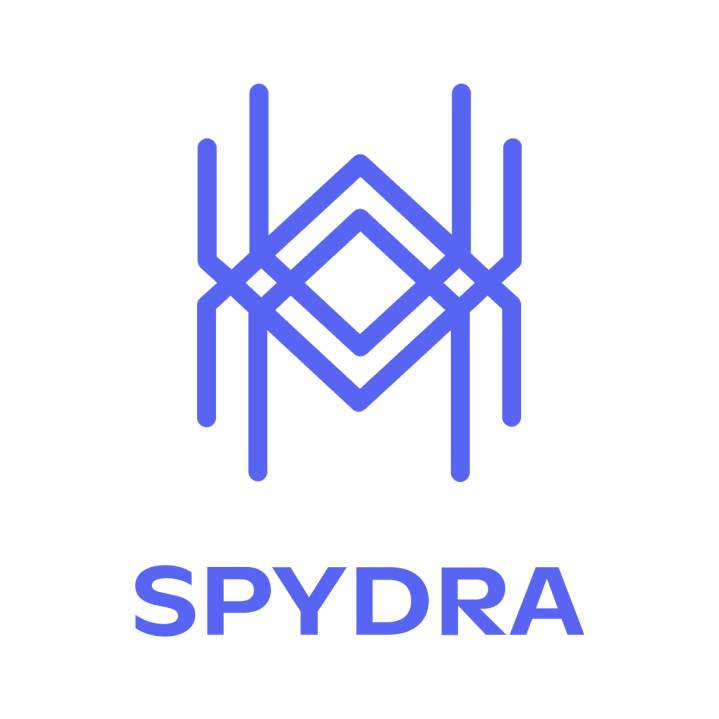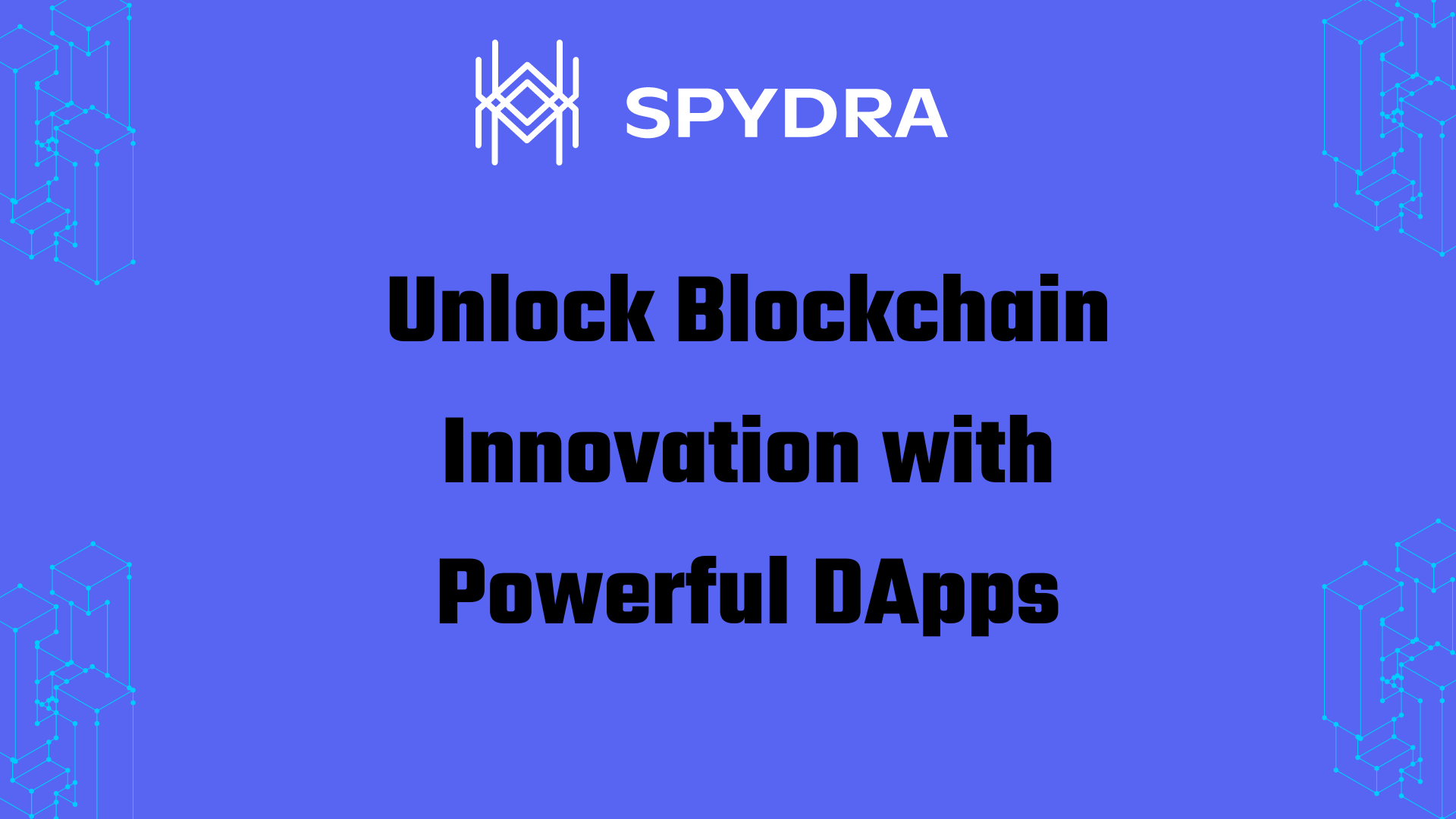Unlocking the Potential of DApps: A Comprehensive Guide to Building Decentralized Applications on Block
 Pravin
Pravin
The rise of blockchain technology has ushered in a new era of decentralized applications (DApps), transforming the way we interact with digital systems. These innovative applications, built on the principles of transparency, security, and immutability, have the potential to disrupt traditional industries and revolutionize the way we approach problem-solving. At the forefront of this technological revolution is Hyperledger Fabric, a leading enterprise-grade blockchain framework that has captured the attention of businesses and developers worldwide.
In this comprehensive guide, we will delve into the intricacies of DApp development on blockchains, with a particular focus on leveraging the power of Hyperledger Fabric. We will explore the essential steps, best practices, and cutting-edge techniques that will empower you to create robust and secure decentralized applications that thrive in the ever-evolving digital landscape.
Understanding the Fundamentals of DApps
Decentralized Applications (DApps): Redefining the Digital Landscape
Decentralized applications, or DApps, are software programs that operate on a decentralized network, typically a blockchain. Unlike traditional centralized applications, DApps do not rely on a single point of control or a central authority. Instead, they leverage the distributed nature of blockchain technology to provide users with increased security, transparency, and control over their data.
Hyperledger Fabric: The Enterprise-Grade Blockchain Framework
Hyperledger Fabric is a leading open-source blockchain framework designed for enterprise-level applications. Developed under the Hyperledger project, Hyperledger Fabric is known for its modular architecture, emphasis on privacy and scalability, and suitability for building permissioned blockchain networks. This framework has gained widespread adoption among businesses and organizations seeking to harness the power of blockchain technology for their specific use cases.
The Step-by-Step Guide to Building DApps on Blockchains
1. Planning and Design: Laying the Foundation
Defining the Purpose and Functionality
The first step in building a successful DApp is to clearly define its purpose and intended functionality. Identify the problem you aim to solve, the target audience, and the unique value proposition your application will offer. This strategic planning phase will set the stage for the development process and ensure that your DApp aligns with the needs of your users.
Selecting the Blockchain Platform
Choose a suitable blockchain platform based on your project requirements. Hyperledger Fabric, with its focus on permissioned networks and enterprise-grade features, is an excellent choice for businesses seeking blockchain solutions. Consider factors such as scalability, security, and community support when making your decision.
2. Smart Contract Development: The Backbone of DApps
Understanding Smart Contracts
Smart contracts are self-executing agreements with the terms of the arrangement directly encoded into the underlying code. They play a crucial role in the functionality and logic of DApps, enabling automated execution of transactions and enforcement of predefined rules.
Ensuring Security in Smart Contract Coding
Security is of paramount importance when it comes to smart contract development. Adhere to best practices, conduct thorough testing, and leverage advanced tools and techniques to identify and mitigate vulnerabilities. Engage in regular code audits and reviews to maintain the integrity of your smart contracts.
3. Hyperledger Fabric Setup: Constructing the Blockchain Network
Installing Prerequisites and Setting up the Development Environment
Begin by setting up the necessary development environment for Hyperledger Fabric. This includes installing prerequisite software such as Docker, Node.js, and the Hyperledger Fabric SDK. Ensure that your development environment is properly configured and ready for the next steps.
Defining the Network Structure
Define the structure of your Hyperledger Fabric network, including the nodes, channels, and organizations. Leverage the modular architecture of Hyperledger Fabric to design a network that aligns with your specific requirements, ensuring scalability, privacy, and efficient data management.
Deploying and Instantiating Smart Contracts
Deploy your smart contracts onto the Hyperledger Fabric network and instantiate them, making them active and ready for execution. This step involves packaging the smart contracts, installing them on the network nodes, and initializing them for use within your DApp.
4. Frontend and Backend Development: Bridging the Gap
Choosing a Development Stack
Select a suitable development stack for the frontend and backend components of your DApp. Popular choices include React for the frontend and Node.js for the backend, leveraging the extensive ecosystem and tooling available for these technologies.
Connecting the Frontend to the Blockchain
Establish a seamless connection between the frontend of your DApp and the Hyperledger Fabric blockchain. Utilize appropriate libraries and APIs to facilitate data retrieval, transaction processing, and real-time updates, ensuring a smooth and responsive user experience.
5. Testing and Validation: Ensuring Robust and Secure DApps
Conducting Unit Testing
Perform thorough unit testing for both the smart contracts and the application components. This step helps identify and fix bugs early in the development process, ensuring the reliability and stability of your DApp.
Implementing Integration Testing
Conduct integration testing to validate the seamless interaction between the various modules and components of your DApp. Verify that the different parts of your application work together as expected, addressing any integration-related issues.
6. Deployment and Maintenance: Bringing Your DApp to Life
Deploying the DApp on the Blockchain Network
Once the development and testing phases are complete, deploy your DApp on the chosen Hyperledger Fabric network. Ensure that all dependencies are met, and the application runs smoothly in the live environment.
Ongoing Monitoring and Maintenance
Implement continuous monitoring mechanisms to detect and respond to any security threats or performance issues. Stay up-to-date with the latest updates and security patches for both the Hyperledger Fabric framework and any third-party libraries used in your DApp.
Ensuring Security and Scalability in DApp Development
Conducting Regular Code Audits and Reviews
Regularly perform code audits and reviews to identify and address security vulnerabilities. Engage external security experts if necessary to provide an unbiased assessment and identify potential weaknesses in your DApp's codebase.
Implementing Continuous Monitoring and Incident Response
Establish robust monitoring systems to detect and respond to any security incidents or performance anomalies in your DApp. Continuously monitor smart contract execution, network activities, and user interactions to ensure the overall health and integrity of your decentralized application.
Staying Ahead of the Curve with Regular Updates
Maintain a proactive approach to security by staying informed about the latest updates, security patches, and best practices for both the Hyperledger Fabric framework and any third-party components used in your DApp. Regularly update your application to mitigate potential security risks and leverage the latest advancements in blockchain technology.
Conclusion: Unlocking the Future of Decentralized Applications
As the blockchain ecosystem continues to evolve, the demand for secure, transparent, and scalable decentralized applications will only continue to grow. By leveraging the power of Hyperledger Fabric and following the best practices outlined in this comprehensive guide, you can unlock the full potential of DApp development and create innovative solutions that thrive in the ever-changing digital landscape.
Remember, the journey of building DApps on blockchains is an ongoing process, requiring a deep understanding of the underlying technology, a commitment to security, and a willingness to adapt to the rapidly evolving industry. Embrace this challenge, and embark on a path that will reshape the future of digital ecosystems.
Subscribe to my newsletter
Read articles from Pravin directly inside your inbox. Subscribe to the newsletter, and don't miss out.
Written by

Pravin
Pravin
Integrate Spydra’s easy-to-use APIs to tokenize your assets for more secure, transparent and reliable data exchange in supply chain, financing, cross-industry processes etc.